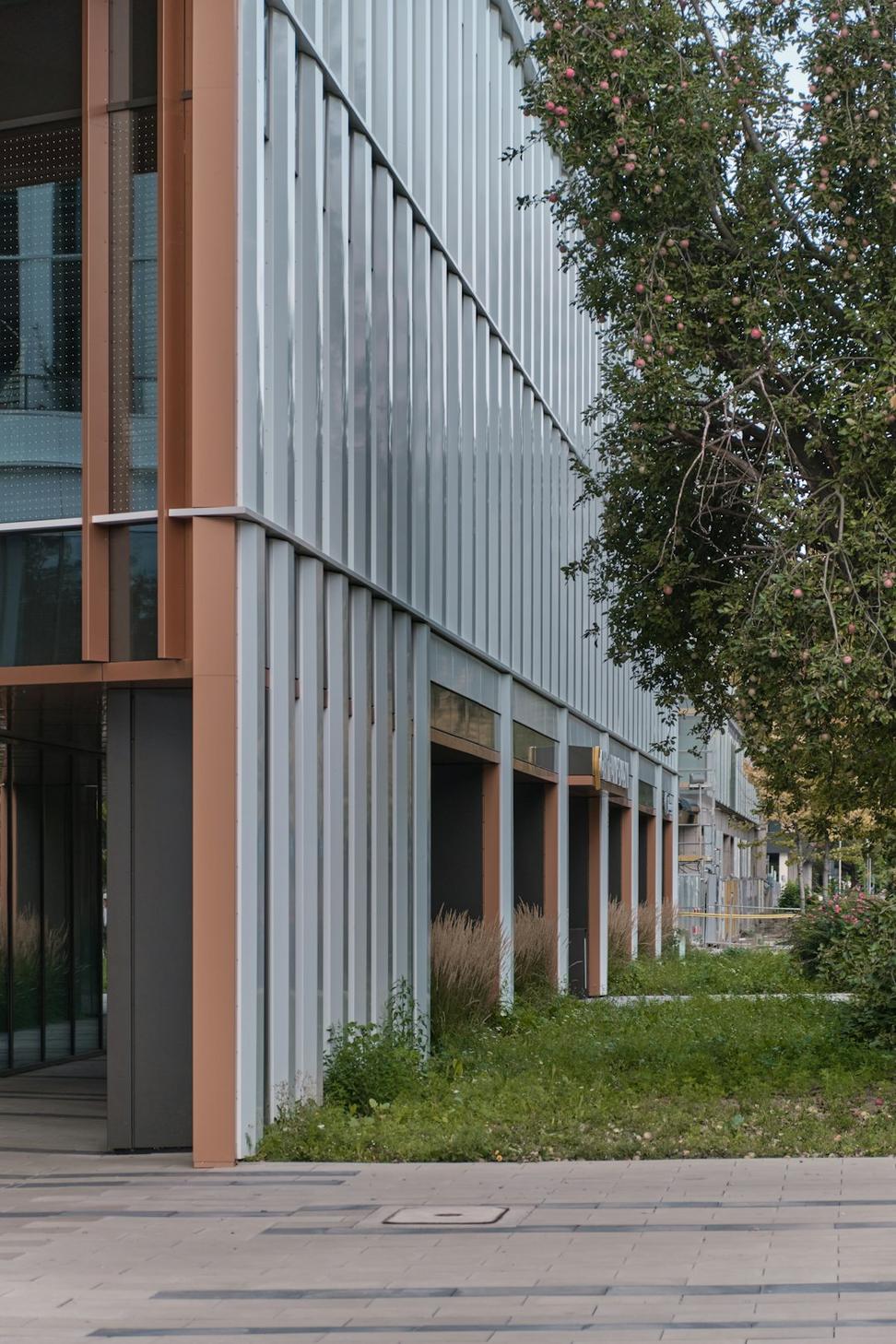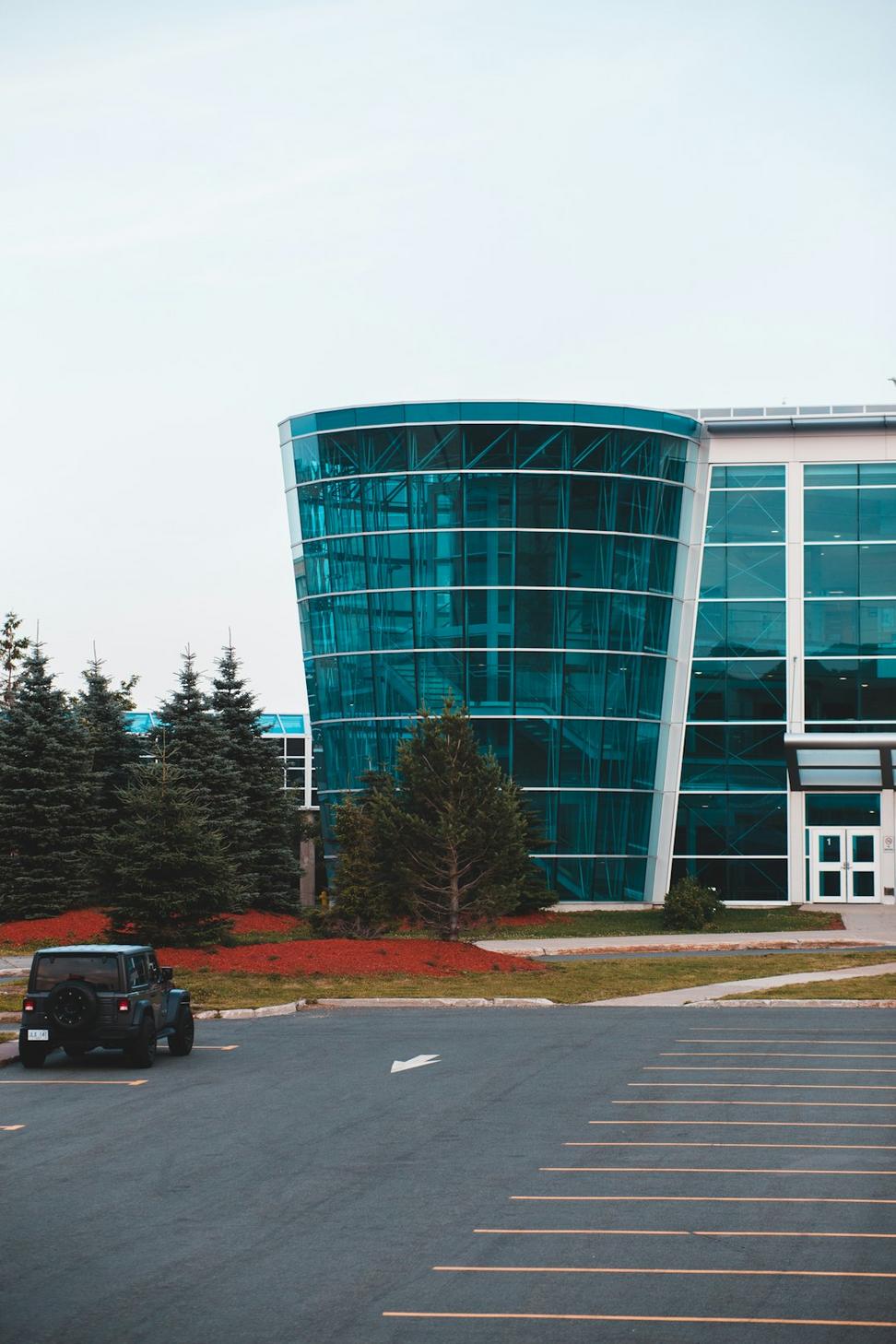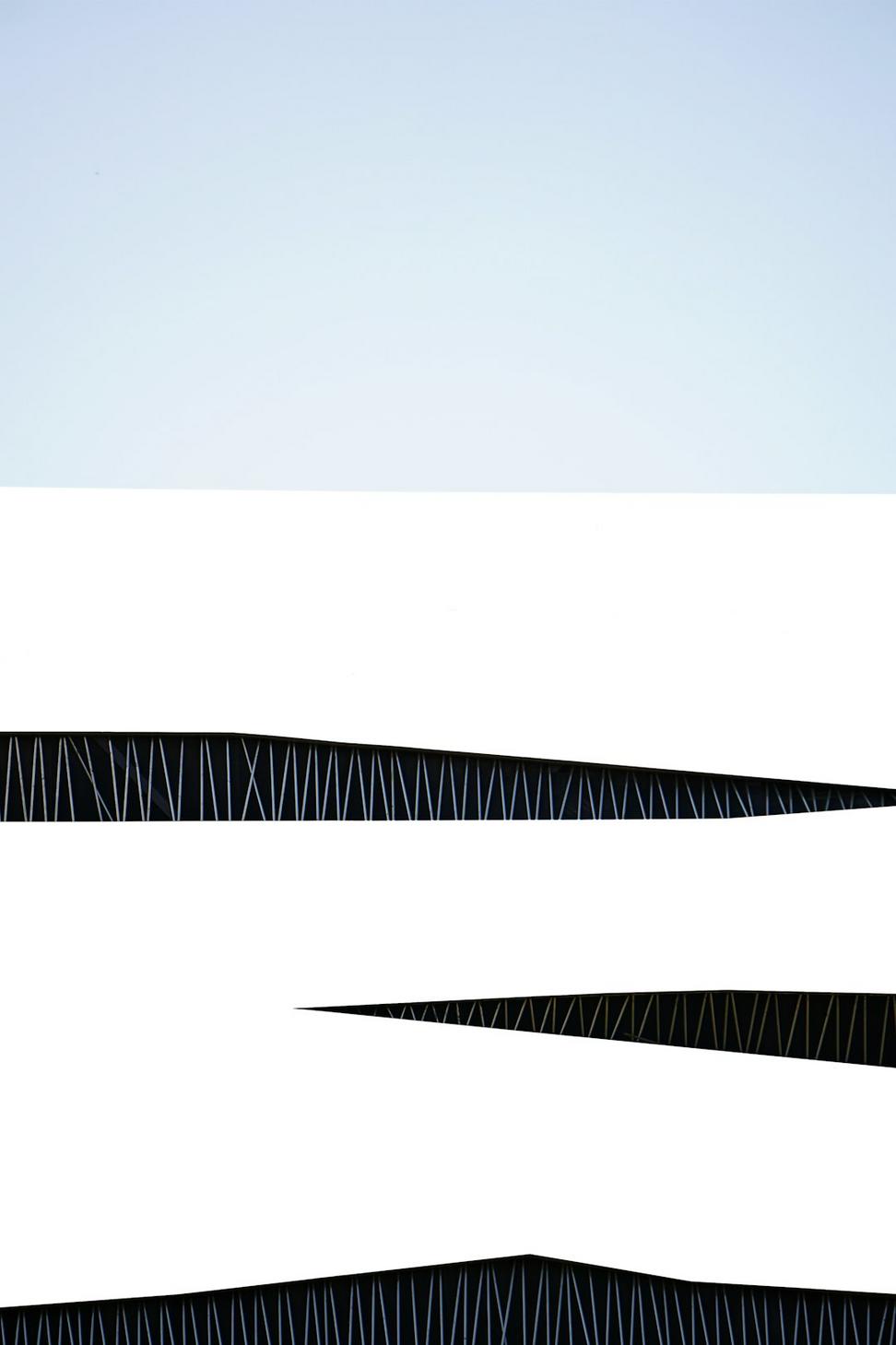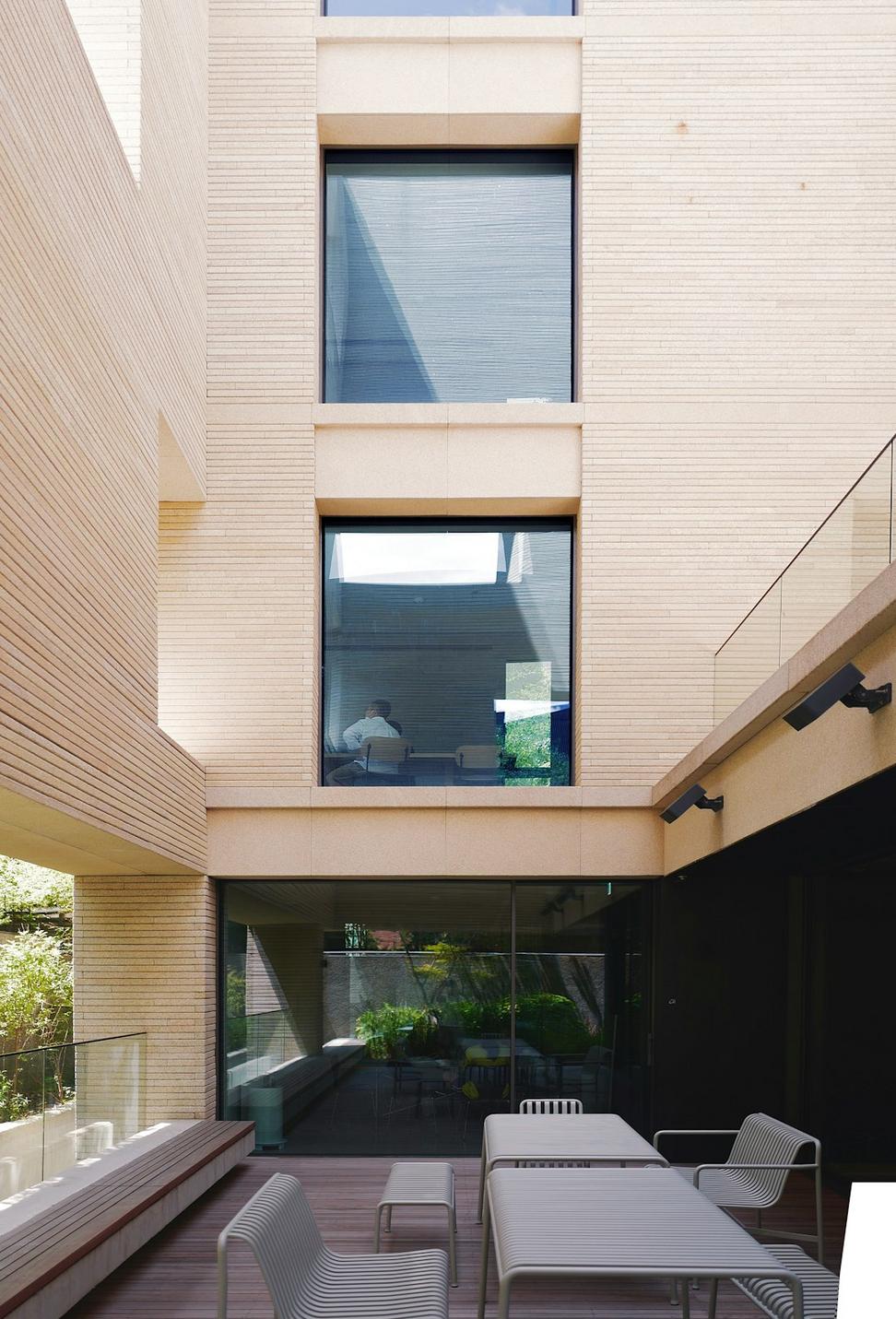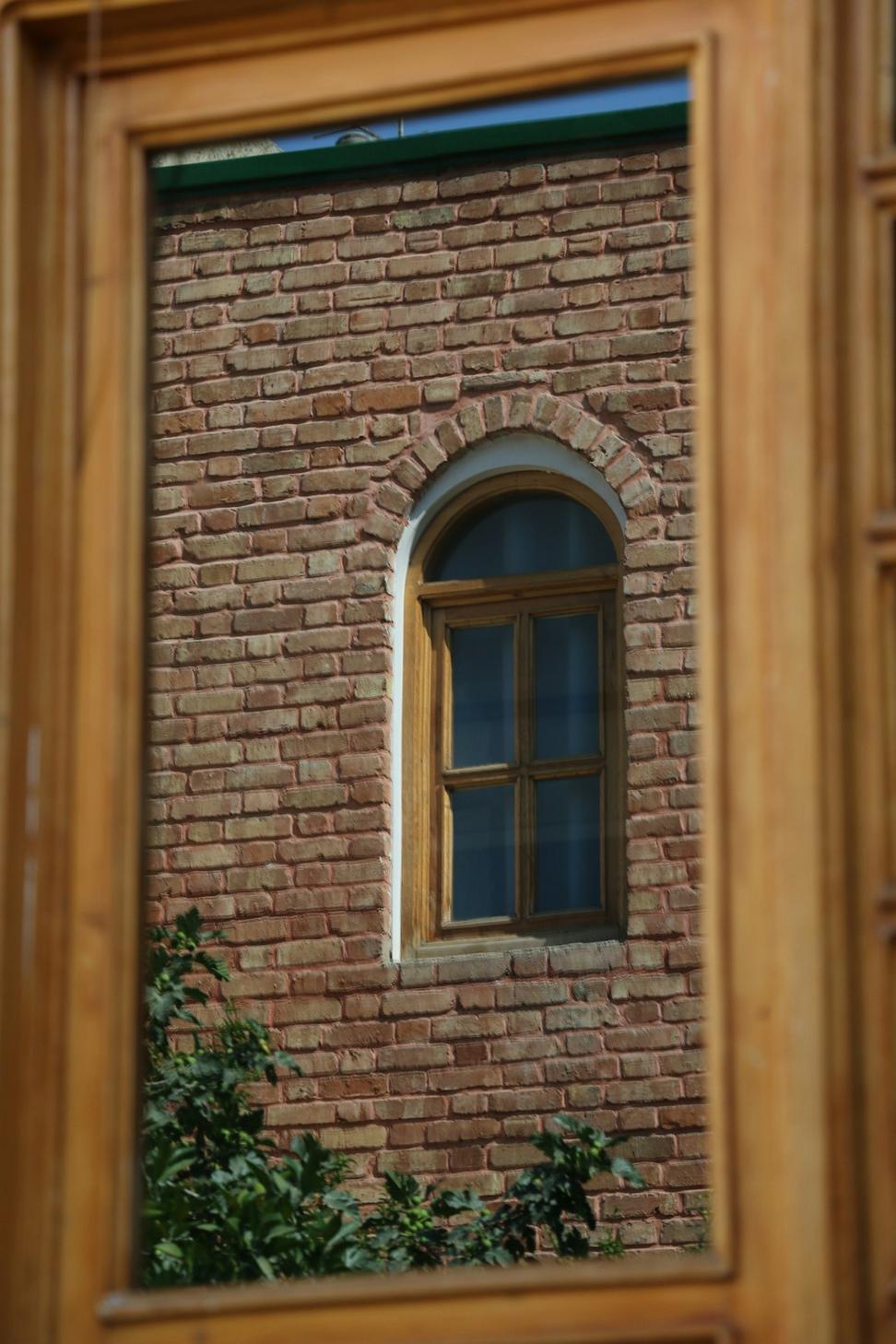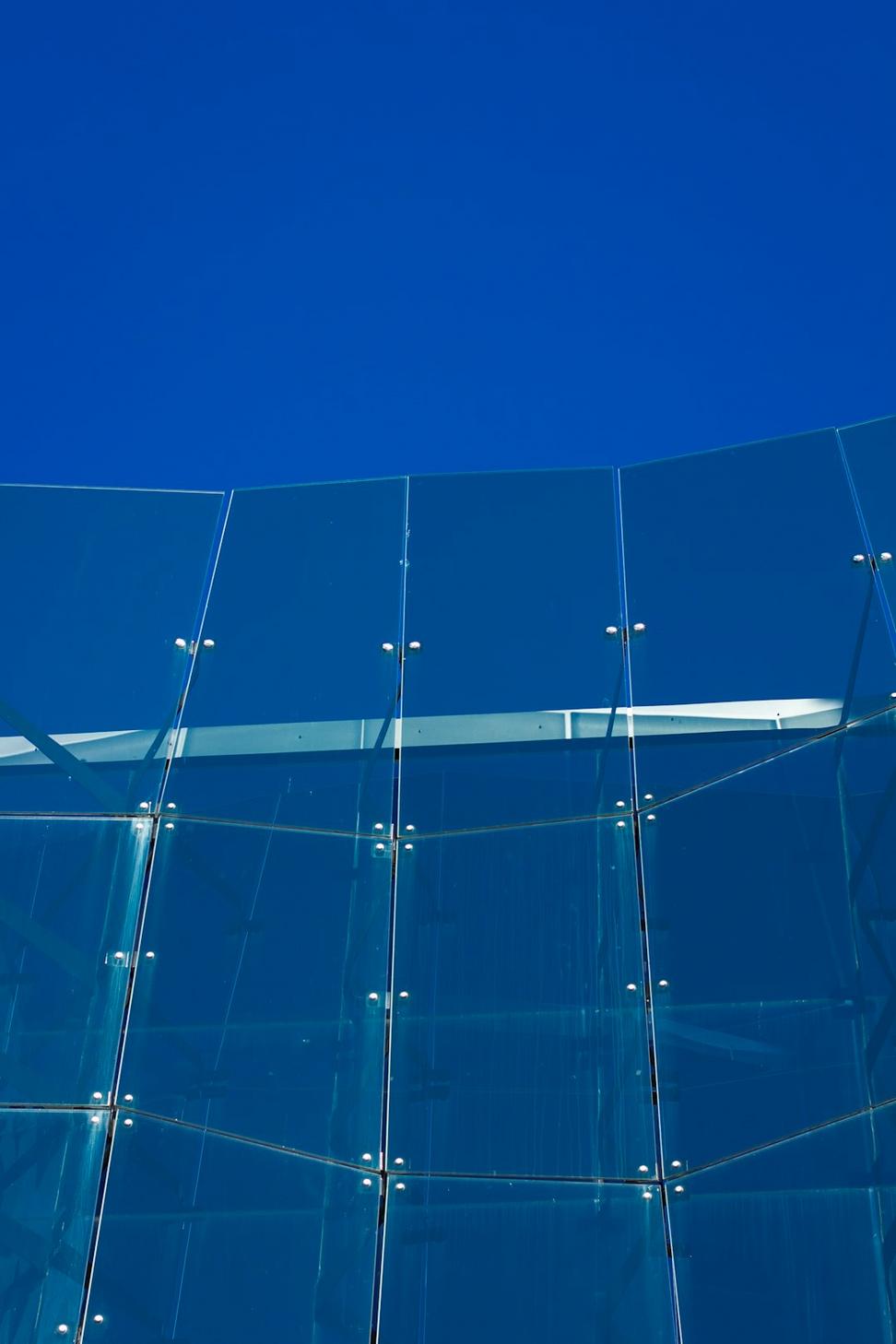Building Green Isn't Optional Anymore
Look, we've been doing this for years now, and honestly? The biggest shift I've seen isn't just in materials or tech - it's in understanding that sustainable design actually makes better buildings. Period.
Every project we touch gets the sustainability treatment because it's not some add-on feature - it's literally how we think about architecture from day one.
